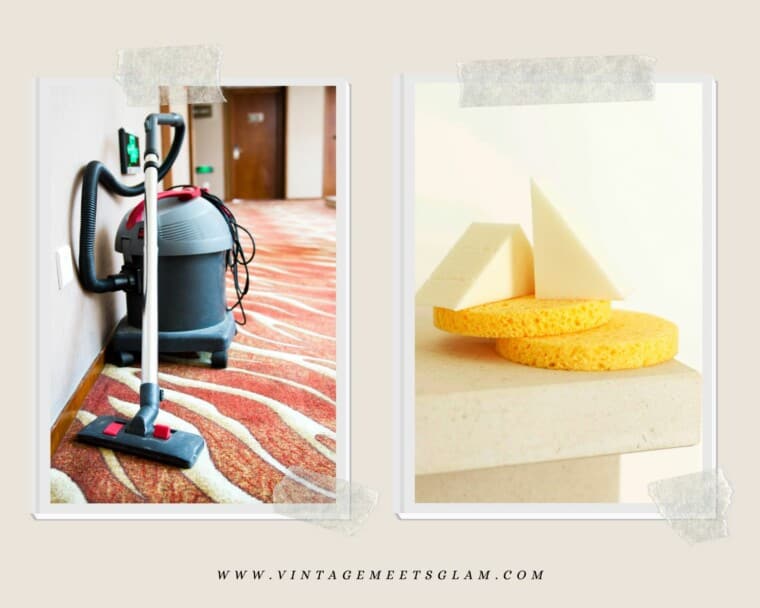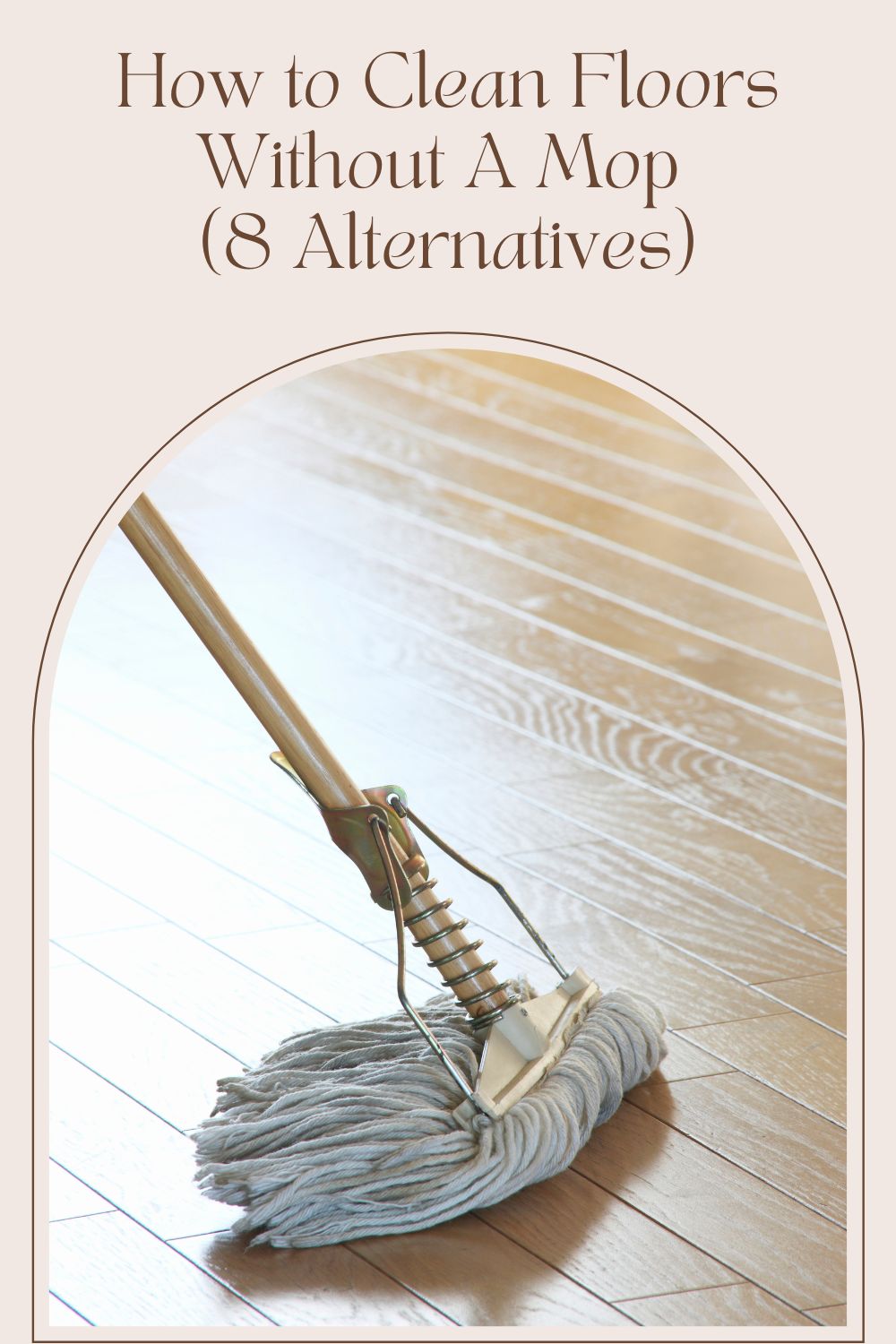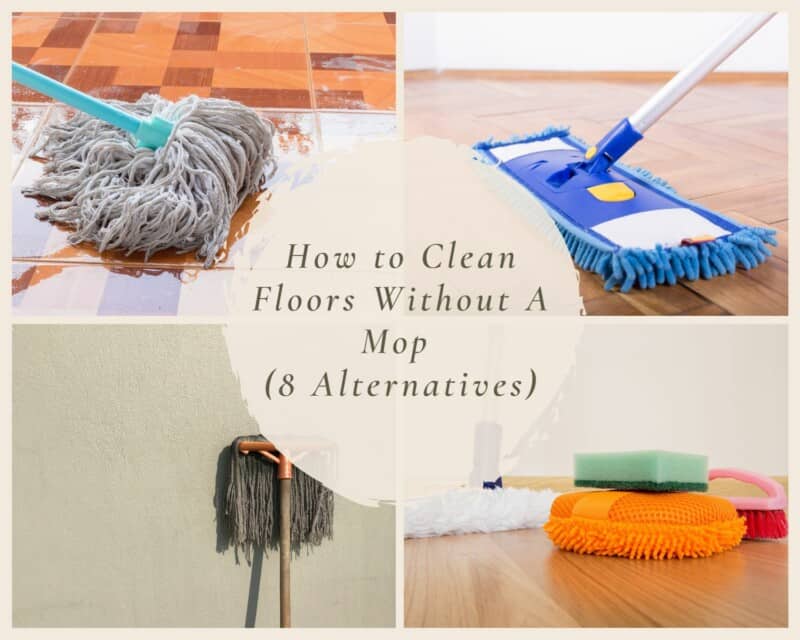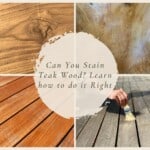If you’ve ever noticed the dirt and grime on your floor, you know how hard it can be to clean. Luckily, simple methods will make it easy to eliminate dust and debris without a mop.
Cleaning floors without a mop is possible and can be done for about $2. There are several benefits to cleaning your feet without a mop. In this guide, we’ll go over ways you can clean without a mop.
Steam Mop
Steam mops are a great alternative to traditional mopping. They use steam to clean and sanitize your floors. Thus, they are easy to use and don’t require any harsh chemicals. You can use them on tile, linoleum, and sealed wood floors without worrying about damaging the finish.
Using steam also helps you avoid allergens like dust or airborne bacteria that can trigger asthma attacks or allergic reactions in people with allergies. If you live in an apartment building with shared bathrooms, using a steam mop is an easy way to keep your floors clean.
Robot Mop
A robot mop is a device that uses one or more cleaning pads to scrub your floor. It can also have a water reservoir, which it uses to steam away dirt and grime. A steam mop works similarly, but instead of using a pad and water reservoir, it heats the liquid inside its container and releases the steam through a nozzle attached to its handle.
Whether you choose a robot mop or a steam mop depends on your preferences. A robotic device won’t eliminate all scuffs and scratches like an actual scrubbing brush might. But it may be better for people with allergies.
Broomstick
A broomstick is an efficient way to clean floors without a mop. The bristles of the broomstick can reach into the small spaces and crevices where dirt and dust tend to hide. The bristles are also soft enough that they won’t scratch your flooring like some other cleaning tools might.
A good rule of thumb is to use a different type of brush for each surface you need to clean. For example, use a stiff bristle brush on wood surfaces and a soft bristle brush for carpeted areas or delicate fabrics like drapes or blinds.
Vacuum Cleaner
A vacuum cleaner with a rotating brush attachment is an excellent tool for cleaning floors. To use it, vacuum the floor in small sections, starting at one corner and moving toward another. This way, you can clean up any dirt and dust that has accumulated on your floor without having to bend over or get down on your hands and knees to scrub the area yourself.
If you have hard floors in your home, there are also special dust mops available that have long handles. They allow you to maneuver them easily around corners, so they’ll reach every nook and cranny of your room.
Soap And Sponge
The most common way to clean floors without a mop is with a sponge. This is because sponges are cheap, easy to use, and effective.
You can use a damp or dry damp sponge to clean your floors. You can also use one that has soap on it if you need extra cleaning power.
Microfiber Cloth
This cloth is typically made from synthetic fibers that don’t scratch surfaces as quickly as other materials. They are great for cleaning delicate surfaces like wood floors and granite countertops. Microfiber cloths come in handy when you’re looking for an easy way to get rid of dust and dirt without having to use chemicals or water.

Using Water & Bleach with a Rag
Using water and bleach with a rag is an easy way to clean floors without a mop. First, use the solution of water and bleach on the floor. Rinse it with water, then use a squeegee to dry it off. Lastly, polish the floor with a microfiber cloth if you have any leftover streaks or stains from your cleaning solution. Your floor should be sparkling after this method!
Vinegar Or Lemon Juice
Vinegar is a great natural disinfectant, and lemon juice can be used to help remove grease. To clean your floors with vinegar and lemon juice, mop the floor with a wet sponge or cloth dipped in the solution. Use a squeegee to remove excess liquid from the floor. Any squeegee will do, but if you don’t have one handy, try making your own by cutting out a plastic bag and folding it over so that it makes two layers of plastic. This will allow you to trap more moisture while cleaning your floors!
The Best Homemade Mopping Solutions in 2022
Now that you have the basics let’s look at some of the best homemade mop solutions for floors.
White Vinegar
If you’re the kind of person who prefers to avoid chemical cleaners, white vinegar is an all-purpose multipurpose cleaner and deodorizer. It’s also a natural disinfectant, mold and mildew remover, floor stripper, and glass cleaner. This solution is excellent for flooring that needs to be cleaned regularly but doesn’t get too dirty. It’s also super cheap and easy to make! All you need is about a quarter cup of white vinegar, two tablespoons of baking soda, and 5 cups water. Mix it in a bucket or large bowl until it forms a paste-like consistency. Then apply it with your cloth mop!
Dish Soap
Dish soap is a great multipurpose cleaning product. It can be used to clean floors, but only when diluted appropriately. If you don’t cut dish soap correctly, it could leave behind streaks build-up on the surface of your floor.
Many home cleaning experts recommend using dish soap as an all-purpose cleaner for most surfaces, including floors. It works well on grease stains from things like BBQs or pets who love digging in their food bowls while they’re eating. You should make sure not to use any soaps that contain ammonia since this will break down the rubber on your flooring over time.
Ammonia
It is an ordinary household cleaner that can be used to clean floors. It is inexpensive, sold in most supermarkets and drugstores, and has many benefits as a cleaning agent.
Ammonia is an effective disinfectant. It kills germs by breaking down their cell walls and disrupting the functioning of their internal systems. This makes it helpful in sterilizing surfaces that you don’t want bacteria growing on or around.
It is also an excellent deodorizer as it neutralizes odors by absorbing them into its molecules and then releasing them when heated. Since ammonia attracts water molecules from its surroundings, it’s often used to remove stains from hardwood floors
Conclusion
Now that you’ve read about all these different methods of cleaning your floors, you should be able to find one or two that work for you. If none of these options sound appealing, don’t forget that there are plenty more out there. You might also want to try using a squeegee instead of a mop. Whatever method suits your needs best!




